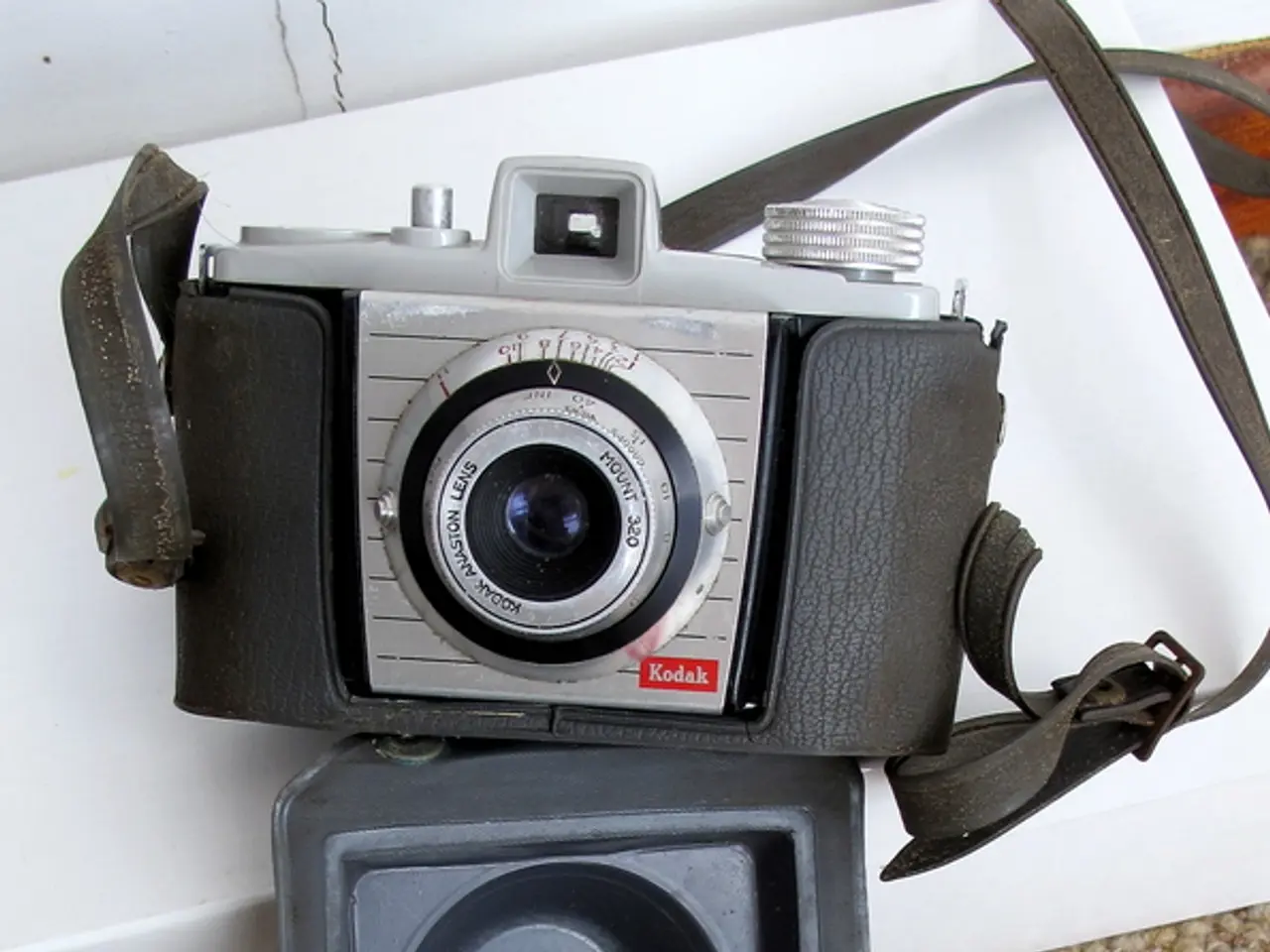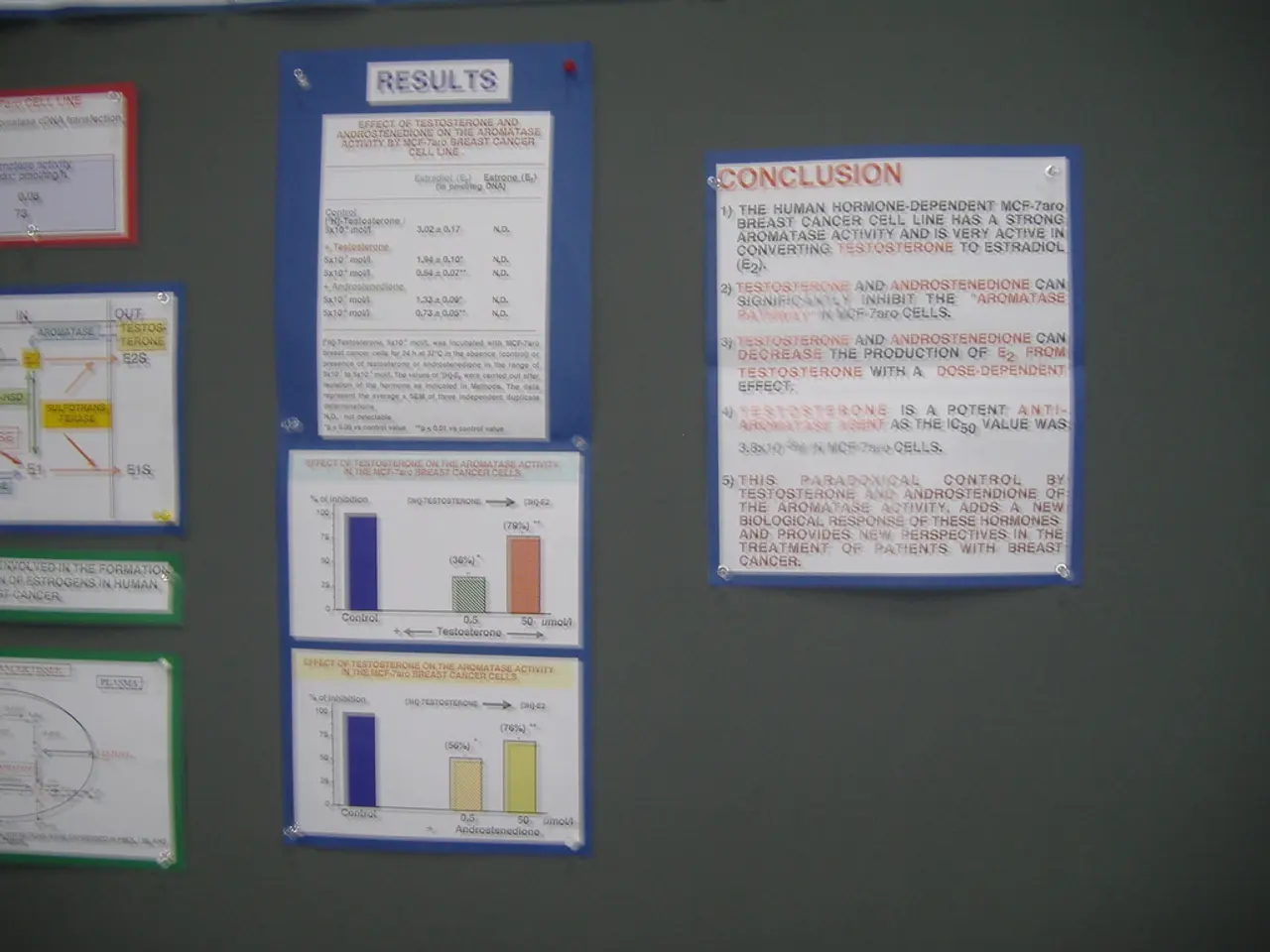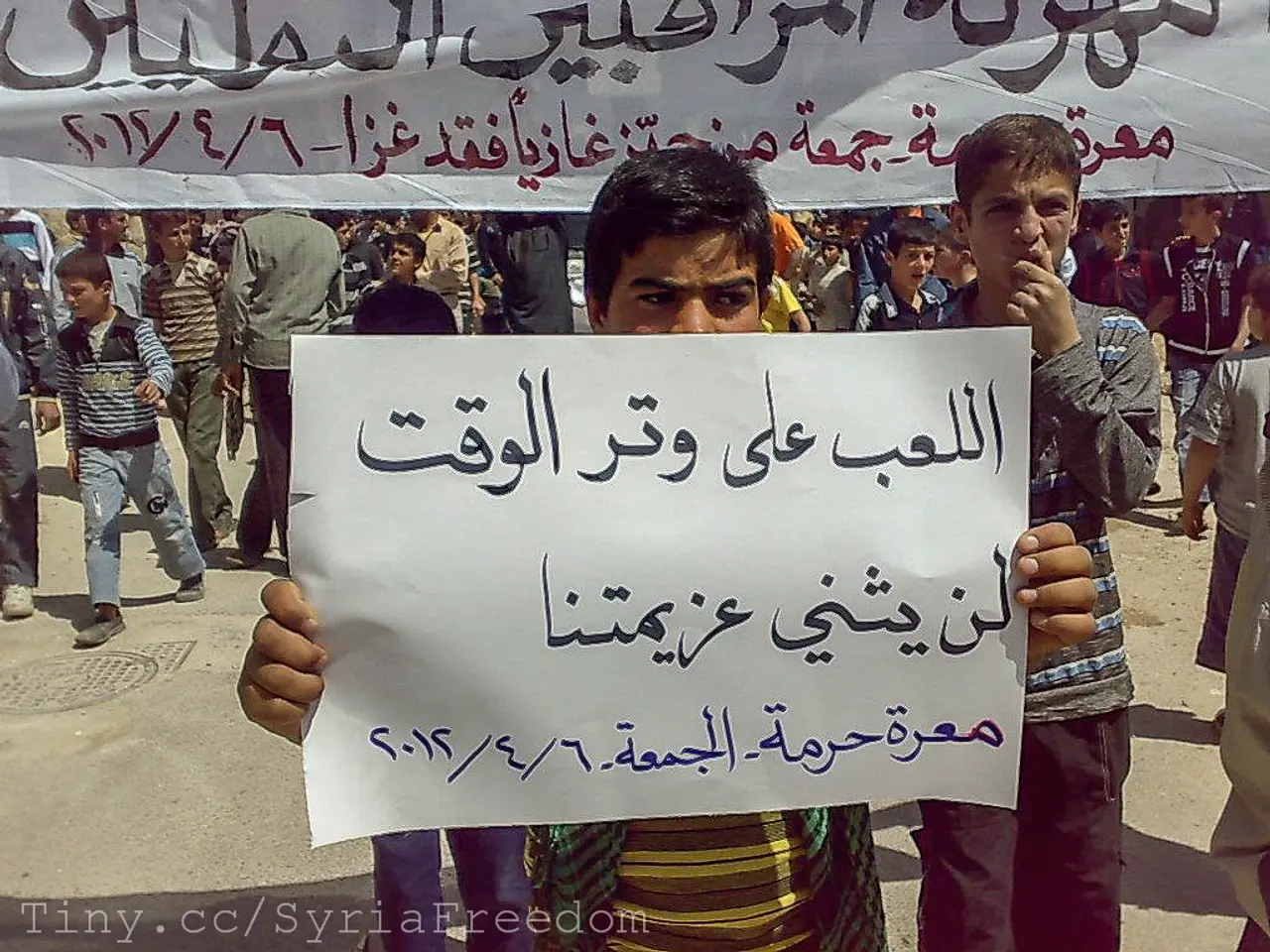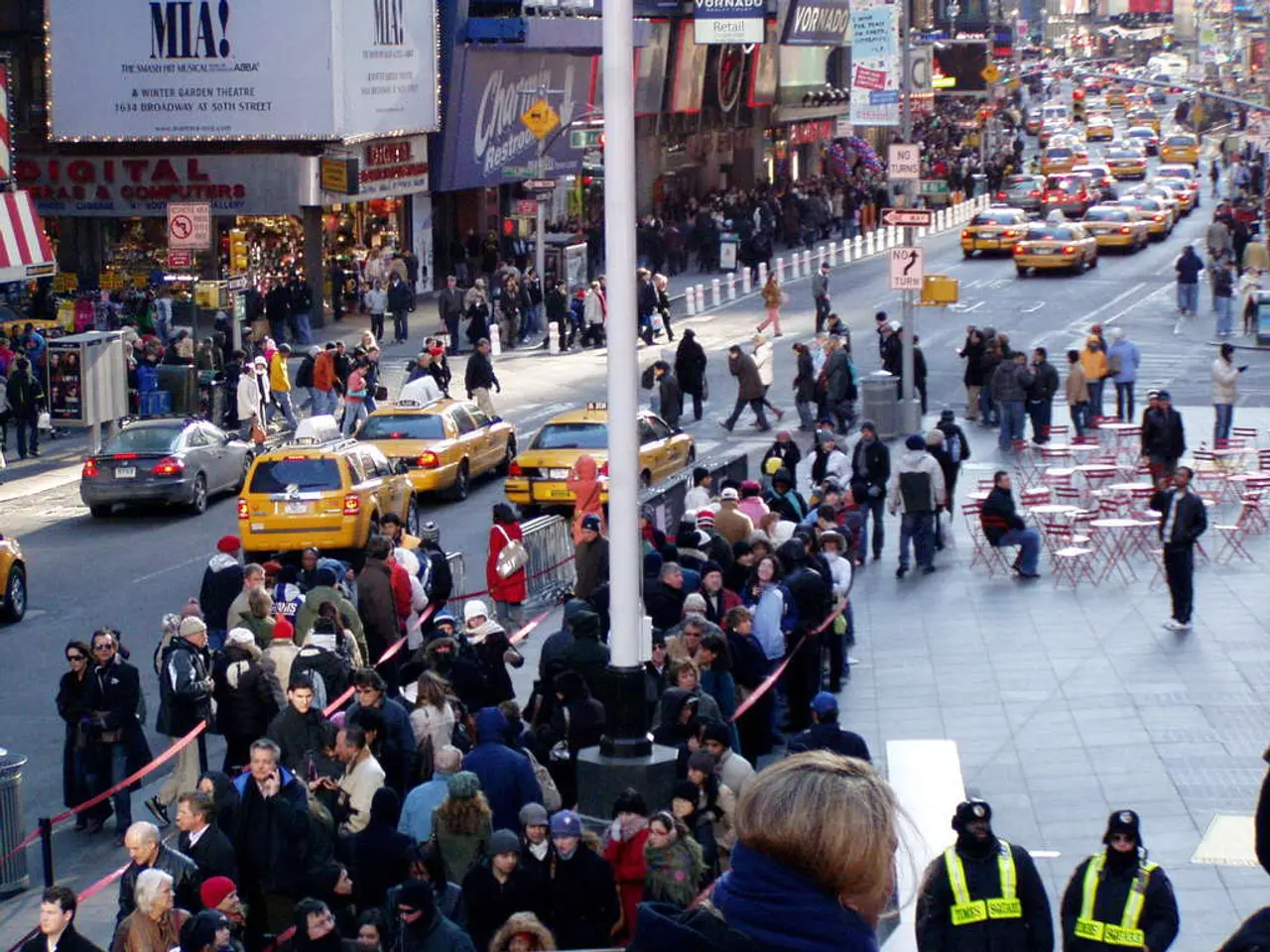Surveillance concern leads to photography prohibition in Poland
In a move aimed at enhancing the protection of critical infrastructure against espionage, Poland has introduced a new law effective from April 17, 2025. This law prohibits the photographing and filming of Polish military facilities and critical infrastructure without authorization [1][5].
The ban applies to all forms of photography, including drones and airborne imagery, and covers a wide range of sites. These include military installations, bridges, tunnels, airports, train stations, government buildings, energy facilities, and even the Polish National Bank buildings [2]. The ban will affect approximately 25,000 sites nationwide, requiring the installation of "no photography" signs at these locations [3].
Violations of this law can lead to significant penalties. Violators may face fines of up to 20,000 Złoty (approximately 4,600 Euro) and could potentially face up to 30 days of arrest [4]. Additionally, cameras or smartphones used for violating the photography ban may be confiscated [6].
However, the law does not specify any exceptions for specific individuals or groups, nor does it outline procedures for the return of confiscated cameras or smartphones [7]. Furthermore, the law does not specify any penalties for sharing photographs or videos taken in violation of the ban [8].
The government justifies this law on national security grounds, citing increased foreign intelligence threats targeting Poland’s defense infrastructure [1][5]. However, critics have expressed concerns about the law’s enforceability in the era of satellite and drone technology, as well as potential overreach that could criminalize ordinary citizens and journalists due to vague definitions of prohibited activities [1].
The new law thus balances between national security priorities and civil liberties, sparking debate about freedom of expression and public access to information. As the implementation date approaches, it will be interesting to see how this law is enforced and how it impacts the everyday lives of Polish citizens and the media.
References: [1] BBC News. (2023, March 12). Poland bans photography near military installations and critical infrastructure. Retrieved from https://www.bbc.com/news/world-europe-64720092 [2] Radio Poland. (2023, March 13). Poland bans photography of military installations, critical infrastructure. Retrieved from https://www.thenews.pl/1/17/Artykul/359815,Poland-bans-photography-of-military-installations-critical-infrastructure [3] Reuters. (2023, March 14). Poland bans photography near military installations and critical infrastructure. Retrieved from https://www.reuters.com/world/europe/poland-bans-photography-near-military-installations-critical-infrastructure-2023-03-14/ [4] The Guardian. (2023, March 15). Poland bans photography of military installations and critical infrastructure. Retrieved from https://www.theguardian.com/world/2023/mar/15/poland-bans-photography-of-military-installations-and-critical-infrastructure [5] Polish Government Official Website. (2023, March 16). New law prohibits photography of specific public facilities. Retrieved from https://www.gov.pl/web/wydarzenia/nowy-prawo-zabrania-fotografowania-konkretnych-obiektow-publicznych [6] Polish Government Official Website. (2023, March 17). Cameras or smartphones used for violating the photography ban may be confiscated. Retrieved from https://www.gov.pl/web/wydarzenia/kamery-lub-smartfony-uzyte-do-pozostawiania-zabronionych-zdjec-mogna-zostac-skonfiskowane [7] Polish Government Official Website. (2023, March 18). The photography ban does not specify any exceptions for specific individuals or groups. Retrieved from https://www.gov.pl/web/wydarzenia/zakaz-fotografowania-nie-okresla-anizy-wyjatek-dla-konkretnych-osob-lub-grup [8] Polish Government Official Website. (2023, March 19). The photography ban does not specify any penalties for sharing photographs or videos taken in violation of the ban. Retrieved from https://www.gov.pl/web/wydarzenia/zakaz-fotografowania-nie-okresla-anizy-kary-za-rozpowszechnianie-zdjec-lub-filmow-pozostawionych-w-zawodzie-zabronionych
The new policy-and-legislation prohibiting photography of specific public facilities, including military installations, government buildings, energy facilities, airports, bridges, tunnels, and train stations, will affect approximately 25,000 sites nationwide [3]. Violations of this law can result in significant penalties, such as fines, arrest, and camera or smartphone confiscation [4, 6].





